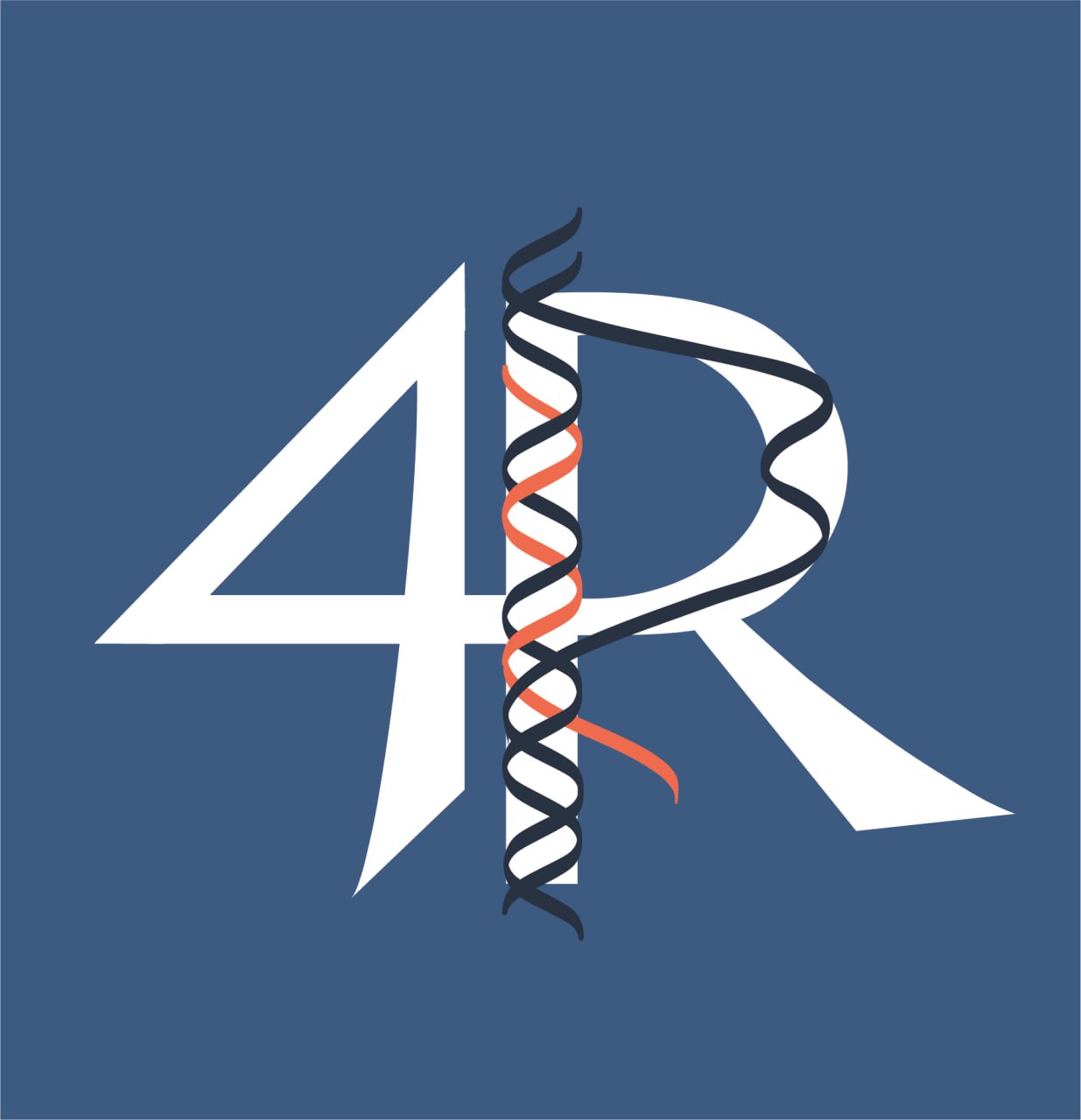Project 17. DNA polymerase Theta (POLΘ) on mediating R-Loop-induced genome instability.
R-loops are three-stranded nucleic acid structures consisting of an RNA-DNA hybrid and a displaced single-stranded DNA1. They form naturally during transcription, where they regulate gene expression, chromatin structure, and DNA repair processes such as immunoglobulin class-switch recombination (CSR) and telomere maintenance. However, when improperly regulated, R-loops can lead to replication-transcription conflicts, DNA damage, and genome instability, contributing to diseases such as cancer and neurodegenerative disorders. Despite their physiological importance, the mechanisms by which R-loops induce genomic instability remain incompletely understood.
DNA Polymerase theta (Polθ, encoded by the polq gene) is a predominant mediator of Polθ-mediated end joining (TMEJ) in most eukaryotes6. TMEJ is an alternative DSB repair pathway that operates when homologous recombination (HR) or non-homologous end joining (NHEJ) are compromised. Unlike HR, which ensures error-free repair, TMEJ is highly mutagenic, utilizing microhomologies to ligate broken DNA ends and frequently generating deletions or insertions10. While initially considered a backup pathway, recent studies suggest that TMEJ is a primary repair pathway in specific contexts, including replication stress, DNA damage in cancers cells, and CSR. Intriguingly, many of these conditions are also associated with R-loop accumulation, raising the possibility that Polθ may play a direct role in repairing R-loop-induced damage.

Caenorhabditis elegans (C. elegans) provides an ideal model to study this relationship. The C. elegans germline exhibits high TMEJ activity, particularly in response to replication stress, and mutants with elevated R-loops show increased DSBs in germline. This study will provide fundamental insights into how R-loops influence DNA repair pathway choice and contribute to genome instability. Our findings may also provide novel therapeutic strategies targeting R-loop-associated malignancies.
